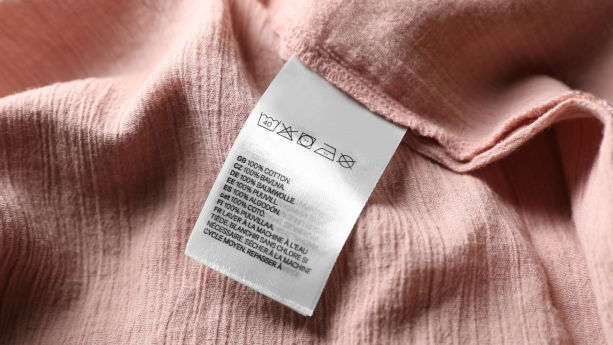
Regulation (EU) 1007/2011 establishes labelling and naming requirements for textile fibre products. It mandates importers and manufacturers to specify their textile products’ fibre composition (e.g. 100% cotton), and if the product contain non-textile parts of animal origin.
In this guide, we list covered and exempted products, and explain the fibre composition requirements. We also provide an FAQ, in the second part of the article.
Continue reading Textiles Labelling Requirements in European Union


















